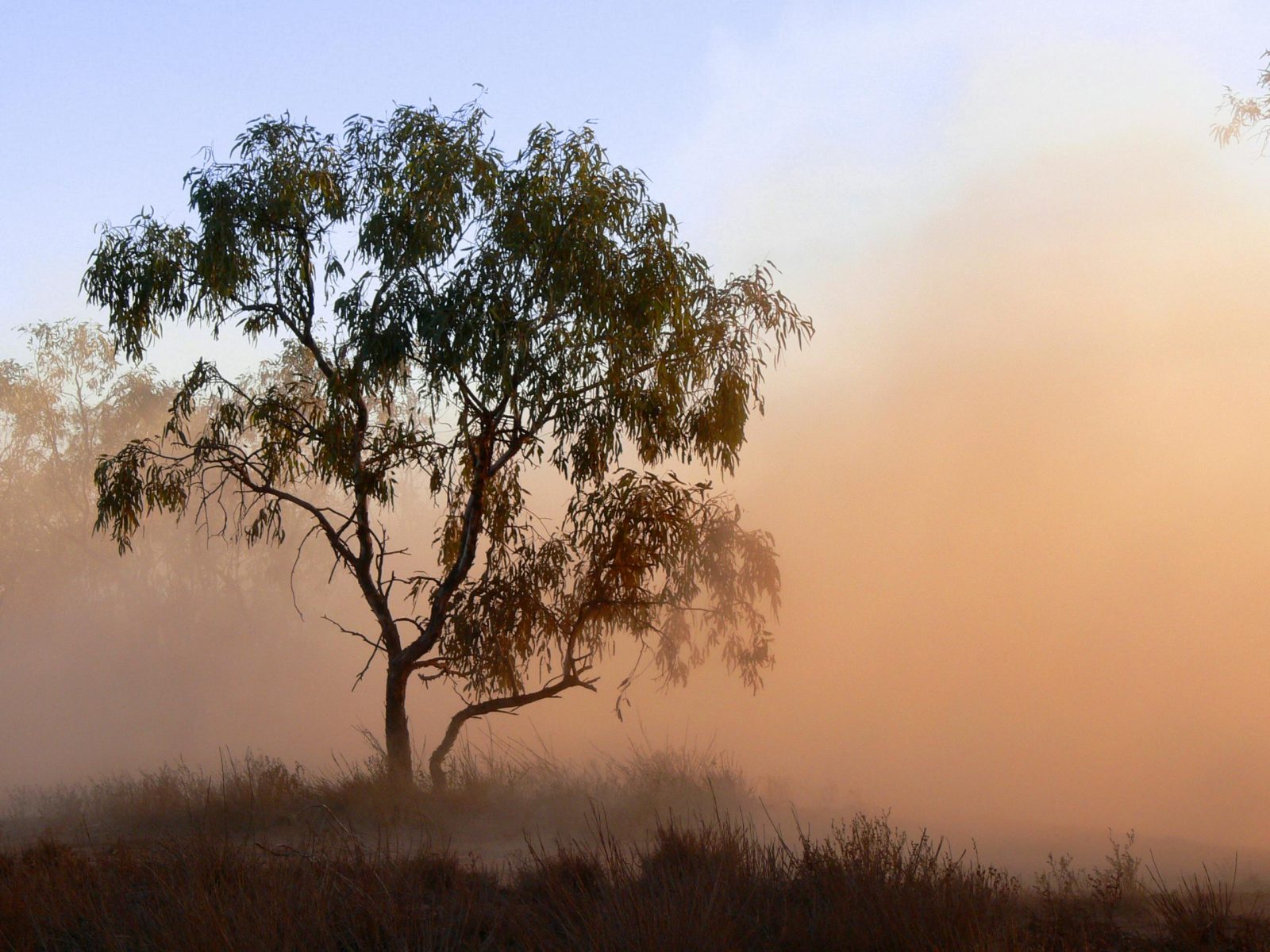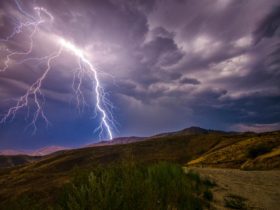Over the past extended weekend, an unusual event occurred: an unprecedented amount of Saharan dust entered the lower layers of the atmosphere. The exact reasons for this are currently unknown to meteorologists, including Ondřej Vlček, the head of the modeling and expertise department at the Czech Hydrometeorological Institute (ČHMÚ). This event led meteorologists to issue a warning due to exceeding emission limits.
Meteorologists will further analyze the precise cause of dust entering the lower layers of the atmosphere and its high concentrations. According to Vlček, “very good scattering conditions, stable flow, and related vertical mixing may have led to the transfer of dust from higher to lower levels.”
This event was unique and had not been continuously monitored by ČHMÚ. In this case, the institute does not have a suitable mechanism for timely public information. Typically, the transfer of Saharan dust is a temporary event that only affects part of the Czech Republic. One of the models used by ČHMÚ predicted much lower concentrations.
Even though meteorologists knew about the arrival of Saharan dust three days in advance and the information was available in public sources, it wasn’t until Saturday that the public received information from ČHMÚ about the declaration of a smog situation. This is issued when the twelve-hour concentration of dust particles exceeds 100 micrograms per cubic meter at least half of the stations for a given area, and the concentrations will not fall below this value in the next 24 hours.
The situation was initially worst in the southern and eastern parts of the country, but high concentrations were quickly recorded in the north of the republic in the Ústí, Liberec, Hradec Králové, and Pardubice regions. From the perspective of the total number of hours, the situation was worst in Northern Moravia, where hourly averages reached over 200 micrograms per cubic meter on Monday.








